
GUEST BLOGGER KIRSTEN W. LARSON
Did you know that Wonder Woman has her own invisible airplane? The Invisible Jet doesn’t appear in my picture book, A TRUE WONDER: The Comic Book Hero Who Changed Everything, illustrated by Katy Wu (Clarion, 2021), but its origins are as old as Wonder Woman herself.
When pilot Steve Trevor crashed near Wonder Woman’s home island, Themyscira, Wonder Woman’s mother gave her the plane to fly Steve back home to America. The plane was both invisible to the human eye and stealthy (invisible to radar).
Though all of this may sound far-fetched, advances in airplane technology have made much of it possible. In this edition of LitLinks, I invite you to learn about technologies that may have shaped the Invisible Jet and then to design and test your own using the NGSS Engineering Design Process. So grab your engineering notebook, and let’s get started.
Step 1: Define the problem
The first step in the Engineering Design Process is to define the problem. This means knowing what counts as success. We know the plane must be invisible to radar. And we know it must be capable of flying Wonder Woman and at least one other passenger (Steve Trevor) a good distance. In the real world, we might also consider constraints like how much the project should cost and how quickly we need to build the plane, but they aren’t important here.
Step 2: Designing solutions
Now comes the fun part – rolling up our sleeves and brainstorming designs. First, we need to do a little bit of research to understand the basics of airplane design.
Learn about the forces of flight (thrust, life, drag, and weight) and how airplanes are controlled (pitch, yaw, roll) from the Smithsonian Air and Space Museum. These will give you an introduction to aerodynamics.
But not so fast! Wonder Woman’s airplane is supposed to be invisible, right? That means we’ll have to learn about stealth technology that allows planes to “fly under the radar.” Fortunately, the Smithsonian’s Air and Space Museum has a video for that.
And Science Buddies explains the fundamental ways we can make an airplane stealthy (read the full article here):
- Make sure the engine (propulsion system) doesn’t have any moving parts.
- Use composite materials, instead of metals, to make the plane.
- Use radar-absorbing paints or coatings on the airplane’s skin.
- Make sure the shape of the plane has lots of flat surfaces and sharp edges, instead of the curved shapes of most airplanes.
Now you probably have enough information to create your own preliminary designs. Grab a pencil and paper and sketch out your design. Then you can build a model at home for testing. You might choose to fold a paper airplane with a single sheet of paper or gather up materials like paper, paperclips, stapler and staples, rubber bands, and more to craft your own. If you don’t have craft materials available, try your hand at designing and flying your own invisible airplane in this Smithsonian simulator. As a bonus, you can do the next step (optimizing) right in the simulator.
Step 3: Optimize
Now it’s time to test – and tweak your design. That means it’s time for takeoff. You can test your plane outside in a park or backyard or pick a large, mostly-open indoor space. Mark your starting point with a yard stick or a piece of rope. Then launch your plane and watch it soar. You might want to record a video so you can study its flight path later. Use a tape measure to measure and record how far it flew. Then, make changes and test again. Does it fly better? Farther? Test and tweak until Wonder Woman has the best possible Invisible Jet.
For more about Wonder Woman’s Invisible Jet, see:
Featured image credit: https://www.themarysue.com/monday-cute-wonder-woman-invisible-jet-cosplay/
Kirsten W. Larson used to work with rocket scientists at NASA. Now she writes books for curious kids. Kirsten is the author of WOOD, WIRE, WINGS: EMMA LILIAN TODD INVENTS AN AIRPLANE, illustrated by Tracy Subisak (Calkins Creek, 2020), A TRUE WONDER: The Comic Book Hero Who Changed Everything (Clarion, Fall 2021), illustrated by Katy Wu, as well as several upcoming picture books and a graphic novel. Learn more at kirsten-w-larson.com and connect on social media @kirstenwlarson.



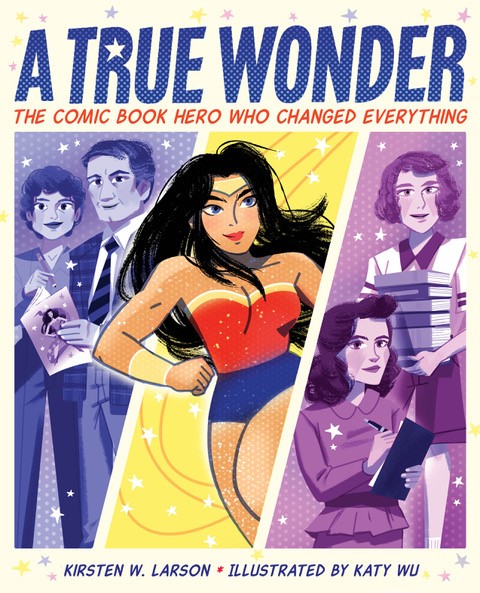
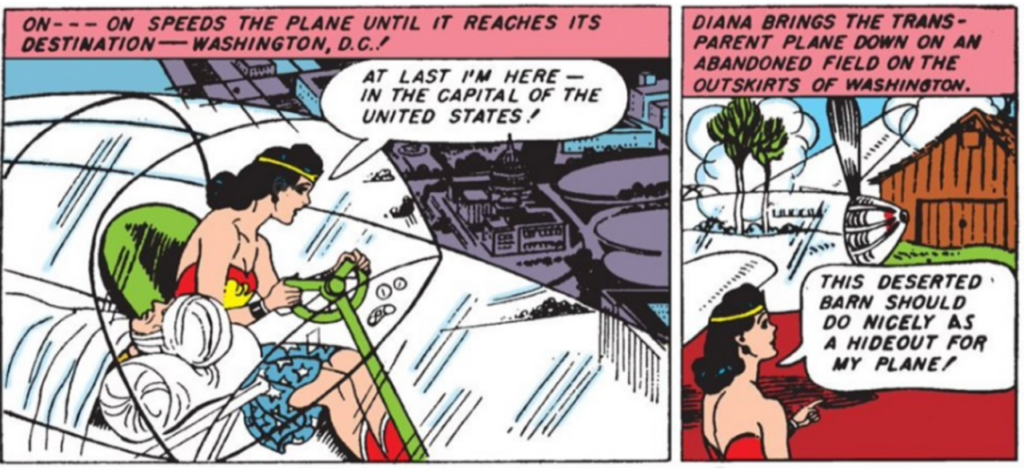
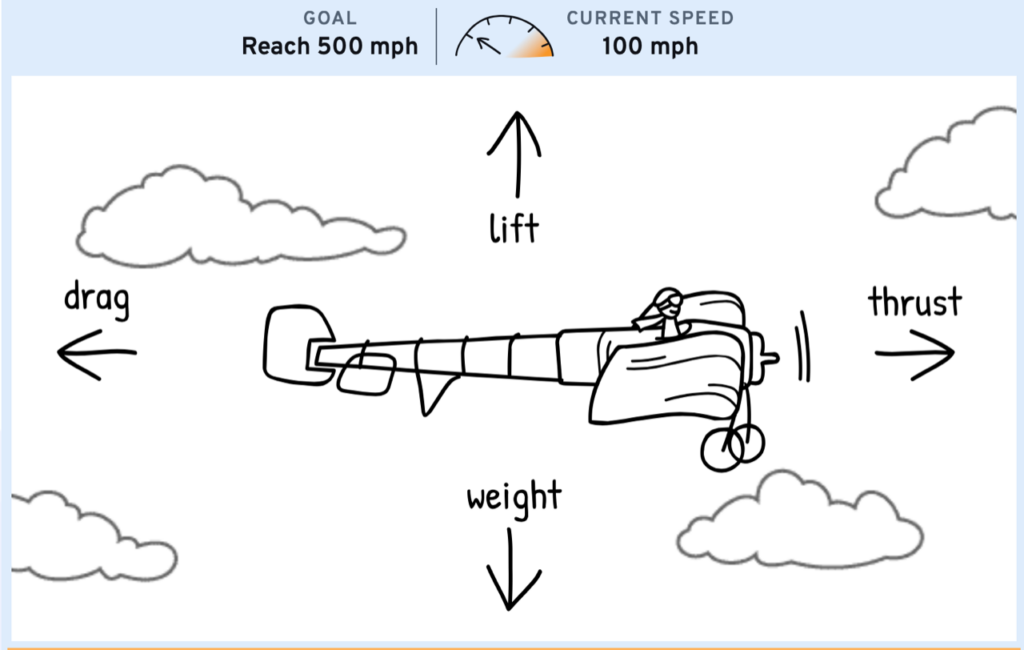

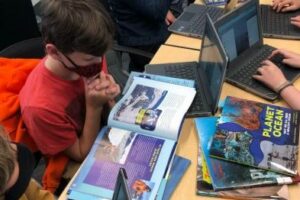
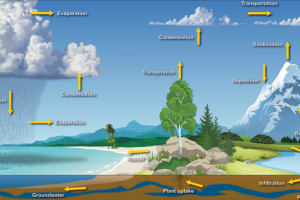


Leave a Reply
Your email is safe with me.